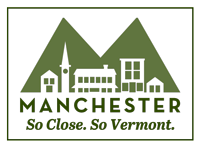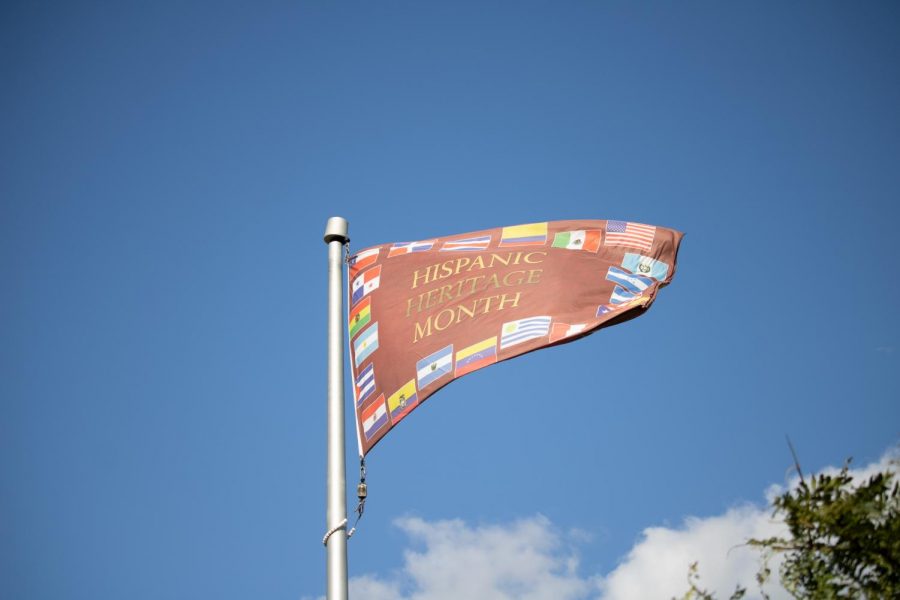Sept. 15 — through Oct. 15: Hispanic Heritage Month honors both Hispanic and Latino/a or Latinx cultures. (Latinx: pronounced Latin-Ex, a term recently gaining popularity that offers a gender-neutral alternative.) It began in 1968 under President Lyndon Johnson, who initially positioned the celebration as a weeklong event called National Hispanic Heritage week. It wasn’t until 1988, when then President Ronald Reagan, extended the weeklong celebration to a full 30-days which begins on September 15th has it coincides with the national Independence Day of Guatemala, Honduras, El Salvador, Nicaragua, and Costa Rica. Mexico celebrates on the 16th, Chile on the 18th, and Belize on the 21st.
It wasn’t until 1997 that the term “Latino” started appearing as an option on government documents. Many felt that the term Hispanic was forced on them, lumping them under an umbrella that hid their true heritage. Once again, the information gathered by the US census did not accurately represent the actual population. When the options for South American and Central American appeared, many of those living in the continental south believed that this applied to them as well, causing a massive miscalculation.
In total, there are 20 Hispanic countries and one territory: Argentina, Bolivia, Chile, Colombia, Costa Rica, Cuba, Dominican Republic, Ecuador, El Salvador, Guatemala, Honduras, Mexico, Nicaragua, Panama, Paraguay, Peru, Puerto Rico, Spain, Uruguay and Venezuela.
In Vermont
Come celebrate with us in Vermont.
Celebrating Hispanic Heritage Month | Human Rights Commission (vermont.gov)
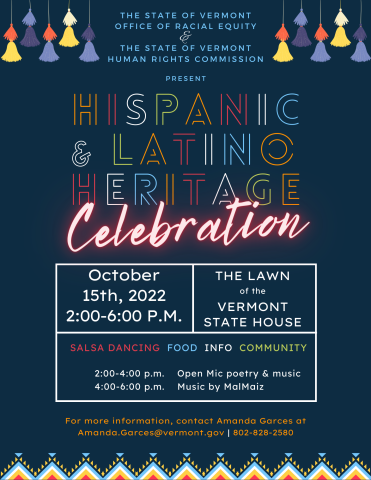
The Hispanic and Latinx community is Vermont’s largest minority group and has seen the third-highest growth rate in the nation over the last ten years. A portion of Vermont’s Hispanic and Latinx population is comprised of migrant workers who travel to Vermont to assist with various seasonal work options. One of the largest employment opportunities in Vermont for migrant workers is to work on one of the many dairy farms found throughout the state.
Migrant Justice is an organization out of Burlington that, since 2009, has worked to support the migrant workers who work within the Vermont dairy industry. There main focus is tackling issues of worker protection and to improve labor conditions. One of their programs, Milk with Dignity, covers nearly 300 migrant workers helping to increase their wages, ensure proper living arrangements, and to provide assistance in the case of an injury. In just over 10 years, Migrant Justice helped individuals acquire health care benefits and has enabled them to apply for driver’s licenses.
Learn more at migrantjustice.net
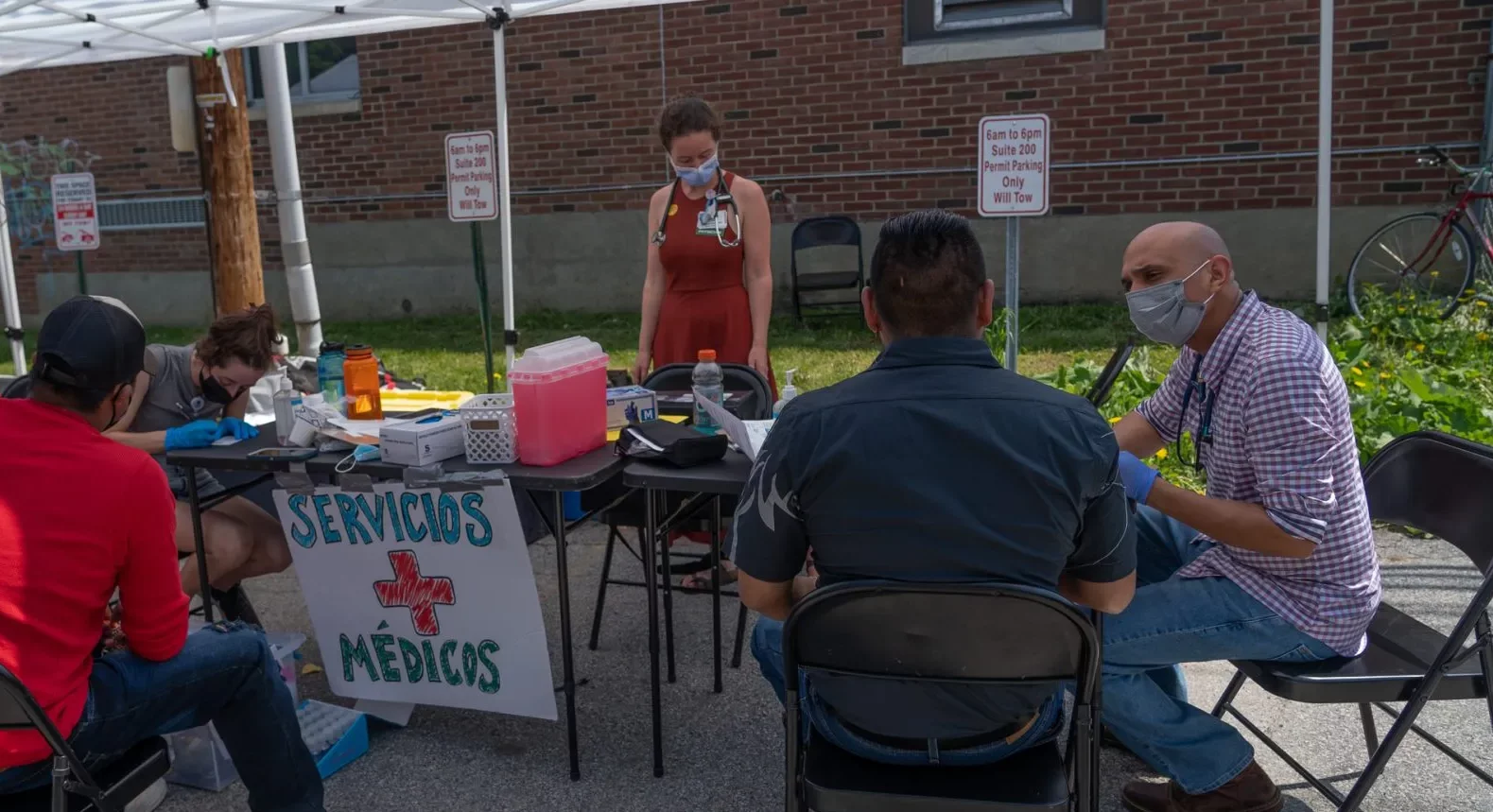
John Dillon / VPR
Another agency that assists with the arrival of migrant works and their families is, the Central Vermont Refugee Action Network (CVRAN). This year, they hosted their welcome event in Montpelier and arranged for legal and medical services, including Covid and tetanus vaccines.
The mobile Mexican consulate travels to Vermont to provide documents to Mexican nationals so they can get IDs, driver’s licenses, etc., and be able to board planes when they need to return home. The next consulate visit will take place on October 29, 2022, in Middlebury, VT at the Champlain Valley Unitarian Universalist Society.
Celebrating Local Young Aspiring Leaders:
Austin Bevin
Austin Bevin, lives in Southern Vermont, and is a data analytics expert and owner of AB Data Marketing, LLC where she primarily focuses on helping small businesses. In addition to her business, she works as a Patient Services Representative at Battenkill Valley Health Center.
Her love of small business and supporting community is evident in everything she does, including her own shopping habits.

Austin is a first-generation American. Her mother was born in Colombia and emigrated to the US. Austin was born in the United States but has also spent significant time in Colombia, visiting first as a child and then in her teenage years, spending a portion of her summer breaks with family. This allowed her to remain connected to her roots. Here in the States, Austin excelled in high school, both in athletics and academics. While attending Mount Anthony Union High School (MAUHS), she ran varsity track and lettered in both indoor and outdoor track and her writing during that time captured the attention of her school leaders, thus earning her a spot in a UVM essay contest.
Upon graduating MAUHS, Austin attended The University of Hartford for two years before transferring to Central Connecticut State University, where she majored in history. Austin moved back to Bennington in her senior year to give birth to and raise her now seven-year-old daughter.
Austin’s professional life in Bennington has always had her in people-facing positions, helping businesses to perform better. It only makes sense that she would start her own marketing company. She is incredibly analytical–a real systems person. She excels and enjoys looking at trends and analytics to develop sound strategies. Before starting her business, she worked in dentistry and owned a resale shop on Main Street in Bennington. In addition to her marketing work, Austin has worked for couch + cork since 2019 and volunteered extensively in downtown Bennington. Her positive impact on the local community earned her a place on the 2020 roster of Emerging Leaders.
Barbie honors Vermont Author as part of Hispanic Heritage Month
Mattel honored empowering role models past and present in an effort to inspire young girls with their campaign, Dream Gap Project. This project introduces girls to women’s stories from all walks of life, showing them that they can do and be anything and to strive for their dreams. And so, Mattel created a Barbie role model, with the likeness of Weybridge, VT author Julia Alvarez.
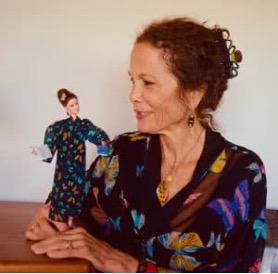
Courtesy of Julia Alvarez
Weybridge, Vermont author, Julia Alvarez, holds a new “Barbie” doll created in her likeness to inspire girls to strive for their dreams.
“Ever since coming to this country as a 10-year-old immigrant, I wanted a Barbie,” Alvarez said when she received the one-of-a-kind doll that looked like her. “Now ,60 years, later I get to be one! The best part of being recognized as a 2021 Official Role Model will be if Julia Barbie inspires little Latinx girls like me to become the best mujeres they can be.”
A Dominican American who faced the hardships of assimilating to the English language and American life, Alvarez found comfort in the world of stories, fostering a love for reading and writing. Among her many prize-winning books for adults and young readers is In the Time of the Butterflies. President Obama awarded Alvarez the National Medal of Arts.
Celebrating Diversity through the Arts and Education
BENNINGTON COLLEGE
Dr. Alfredo Medina, Jr. is Bennington College’s Vice President for Diversity, Equity, and Inclusion and College Diversity Officer. Here’s what he said when asked: “What would you like the Bennington community to learn about Hispanic/Latinx Heritage Month?”
“The history often told about Hispanics and Latines is whitewashed and tied to colonization. This month, I’ll speak with college students about the complexities and problems associated with Latinidad, a sociopolitical ideology rooted in colonialism that diminishes the legacy, traditions, and practices of African and Indigenous ancestry. If we’re going to celebrate Hispanic/Latinx Heritage Month, it’s important to decolonize our thinking and begin to provide accurate historical accounts, both good and bad, that captures that full spectrum of who we are as a people.”
SOUTHERN VERMONT ARTS CENTER
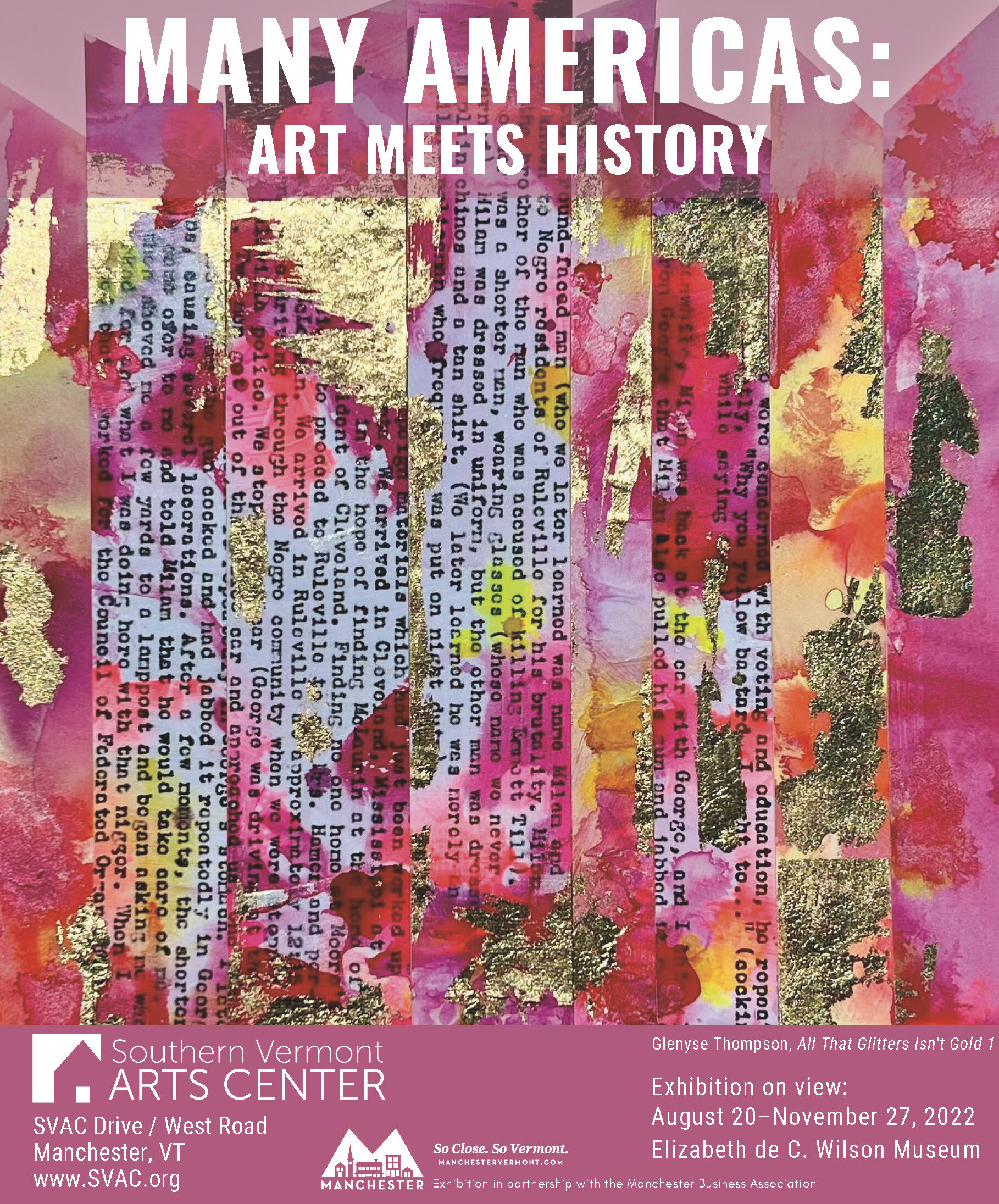
The Southern Vermont Arts Center has always been a host to diverse artists and looks to enlighten its local and visiting audiences through special exhibitions highlighting our cultural differences and similarities. One such exhibition opened August 20, and is inspired by Ronald Takaki’s A Different Mirror. The “Many Americas” exhibition and public programming takes as a premise that we do not share a common history, and our divergent histories are the source of our troubled civic discourse. Each of the artworks in the exhibition uses history as its point of departure and speaks to present-day issues. The artworks demonstrate the multiple, sometimes competing histories of America.
The “Many Americas” exhibition from August 20 to November 27, features approximately two dozen artworks and installations and a variety of audience engagement approaches including texts, guided tours, and programs that draw out the issues raised by the artwork. To develop the exhibition, guest curator Ric Kasini Kadour undertook an eighteen-month-long research project funded by The Andy Warhol Foundation for the Visual Arts that examined the intersection of history and contemporary art.
UNIVERSITY OF VERMONT
In 2019, a group of University of Vermont students seeking to cultivate an inclusive and diverse community of graduate and undergraduate students from underserved backgrounds, founded a chapter of the Society for the Advancement of Chicanos/Hispanics and Native Americans in Science (SACNAS) and has received official recognition by the national society—becoming the first SACNAS chapter in Vermont.
The national society works to ensure that those most underrepresented in STEM disciplines are fully supported on their quest to attain advanced degrees, careers, and positions of leadership—as the Hispanic and Native American populations continue to grow in the country while the representation of those populations in the STEM workforce remains relatively small.
The national society is comprised of more than 8,000 members, 300 trained leaders, 133 student and professional chapters, and a community of supporters of more than 28,000 people. The now officially recognized UVM chapter is composed of 123 members, including allies, representing natural and social scientists at different levels of their careers—from undergraduate to faculty.
UVM’s Society for the Advancement of Chicanos/Hispanics and Native Americans in Science (SACNAS) has been recognized as an Official Chapter
Celebrating our State, Regional and Local Resources
Vermont Hispanic Emphasis Program (HEP)
Designed to assure consideration of the needs and issues of persons of Hispanic origin in all aspects of Federal personnel management, as well as on the access to and delivery of. Hispanics are persons of Mexican, Cuban, Central and South American descent, or other Spanish culture or origin, regardless of race.
nrcs.usda.gov/wps/portal/nrcs/detail/vt/about/outreach/sep
State of Vermont Human Rights Commission
The mission of the Vermont Human Rights Commission (VHRC) is to promote full civil and human rights in Vermont. The Commission protects people from unlawful discrimination in housing, state government employment, and public accommodations. Learn more about the VHRC’s authority.
